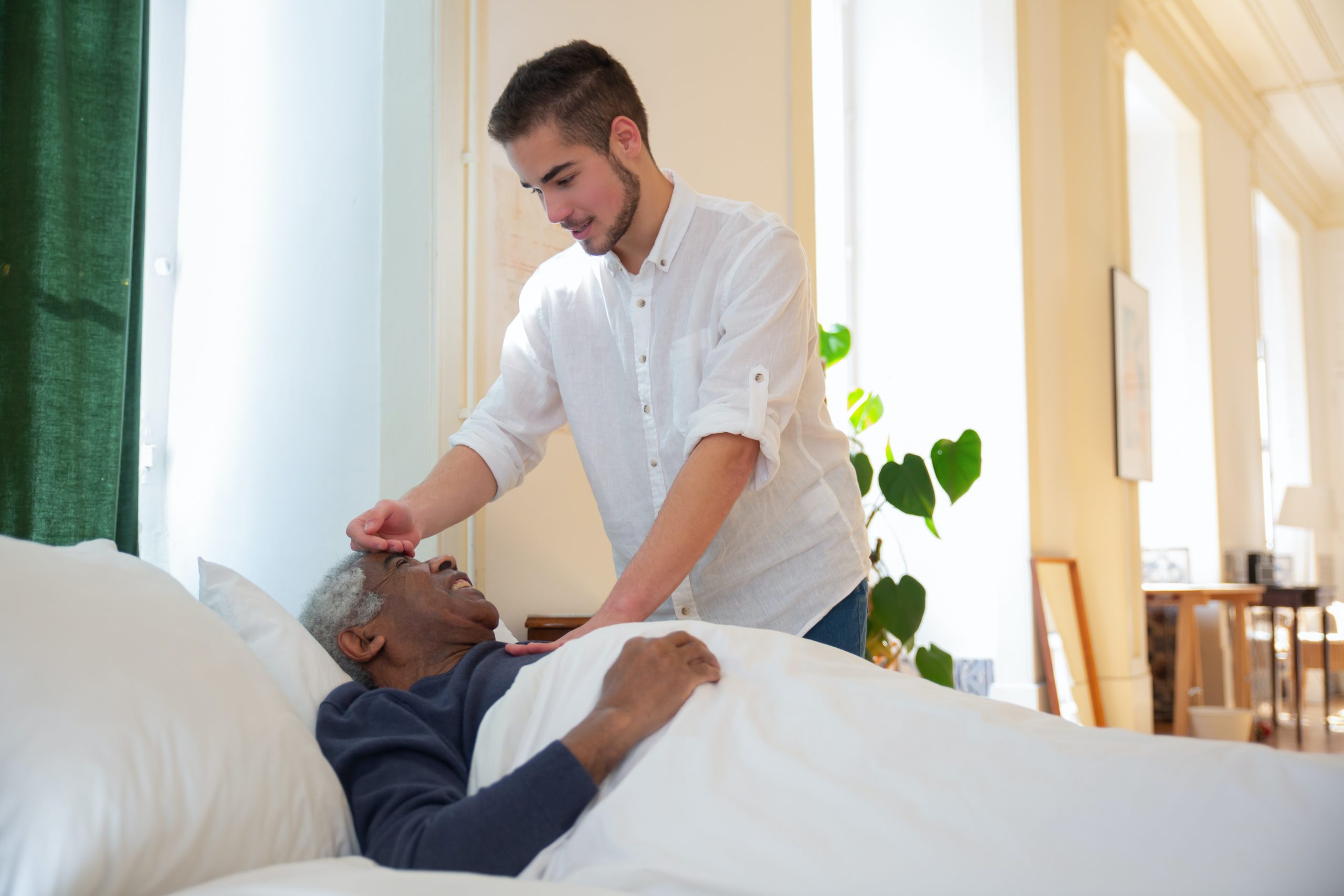
Published on:
At a recent caregiver conference where I delivered the keynote workshop, there was a man who sat in the center of the room in front of me. He appeared to be in his late 50’s or early 60’s. He remained silent throughout most of my presentation, even as the other participants commented and answered questions. Near the end of my presentation, the man raised his hand and offered a deeply thought-provoking insight, the kind that can only be made after years of caregiving experience. I later learned that the man is a business owner who has spent most of his adult life caring for his paraplegic brother. The emphasis he places on caregiving prompted him to leave his business for a day to attend a caregiver conference.
People are often surprised to hear the number of men who serve as family caregivers. According to the most recent report from the AARP and the National Alliance for Caregiving, 39% of informal caregivers in America are men.¹
Male caregivers are also more common among younger generations. The same report indicates that 42% of caregivers aged 18-49 are male, while 35% of caregivers aged 50-64 are male.
Despite such a large and growing number of male caregivers, most of the caregiving literature focuses on women. This is likely due to the greater number of female caregivers as well as traditional gender norms. Research shows that women are still more likely than men to be viewed as “care providers.”²
Men who assume caregiving responsibilities for a loved one are often husbands, fathers, brothers, or sons first. Not surprisingly, male spousal caregivers have been shown to generally provide more intensive caregiving services (help with activities of daily living and instrumental activities of daily living), over for a longer period of time, than men who are caring for their parents or their siblings.³
Through my ongoing professional work, I have noticed that the vast majority of caregiving-related authors and speakers are women. It has also been my experience that in caregiver conferences and workshops, there are far more women than men in attendance. We might consider a variety of gendered stereotypes to explain why that is the case.
However, I’d like to suggest that it’s time to move beyond any stereotypes toward a more accurate understanding of the millions of men who are caregivers:
• They are masculine.
• They love their families.
• They value relationships.
• Their caregiving is more than bill paying and “help around the house.” Many of them also provide hands-on assistance with toileting, bathing, grooming, and dressing.
• They offer not just physical but also emotional support to their loved ones.
• They overcome false cultural assumptions about men and caregiving.
• They could also benefit from some help in their caregiver roles.
I’ve written this post to highlight the pluralism of caregivers in our midst. While female caregivers may currently outnumber male caregivers, we are clearly seeing more men respond to the needs of a society full of people who live longer and with more chronic conditions than ever before. Care itself is not a gendered activity or responsibility. Like female caregivers, male caregivers know that to care is to recognize our mutual humanity.
¹AARP and National Alliance for Caregiving. Caregiving in the United States 2020. Washington, DC: AARP. May 2020. https://doi.org/10.26419/ppi.00103.001
²Fleming, P. J., & Agnew-Brune, C. (2015). Current trends in the study of gender norms and health behaviors. Current Opinion in Psychology, 5, 72–77. https://doi.org/10.1016/j.copsy c.2015.05.001
³Accius, J. (2017). Breaking stereotypes: Spotlight on male family caregivers. AARP Public Policy Institute, 26, 1–6.
Posted in Caregiving, Family Caregiving






